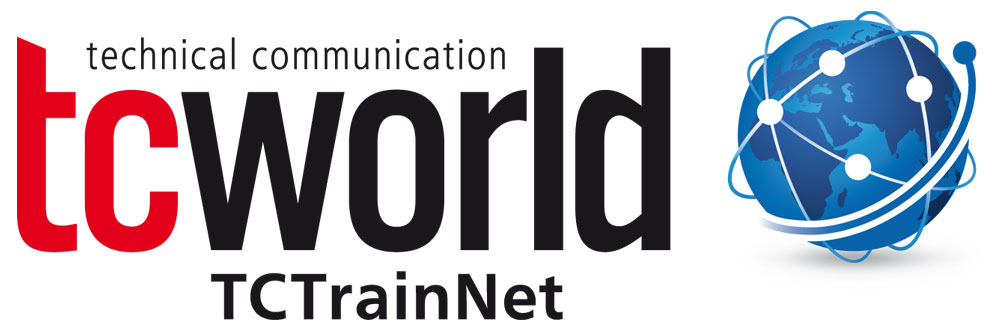The roots of text processing, based on IT-oriented structuring, can be found in the extensive vocabulary of SGML. One of its generalizations is XML, with its limitless options. If we regard development as evolution, DITA is the necessary consequence - DITA is even less!
Specialization means that, for a specialized area, a specific set of tags is necessary. SGML and XML offer quite a lot here. DITA can do it more simply! In a normal text body, the “basic topic” in DITA, only the markup elements <p>, <ul>, <ol>, <note>, <image>, etc. are available, and not many more. For the task body of the “machinery task”, however, there are totally different ones, such as <prelreqs>, <context>, <section>, <steps>, etc. Other markup languages also have this strong point, i.e. offering tags for a specialized area. In these languages, however, selecting the tags is difficult.
With DITA, it is possible to restrict (filter) the tags to be used. Moreover, the conditions for use of the tags can be defined. The simplicity with which this can be achieved is astonishing. The huge effort required to define rule-based writing in other methods is minor in DITA. Rules are set in the form of “entities” in an ASCII file called a mod file. Based on this, subsequent texts keep the same structure and order of information – substructures are also possible, due to inheritance.
By referencing with the conref element, which extends down to the sentence level, DITA has a mechanism for recycling content. This supports modular documentation and qualifies DITA for use in single source systems.
The success of DITA might well be founded on the above-mentioned properties, but in any case, DITA is worth thinking about!



